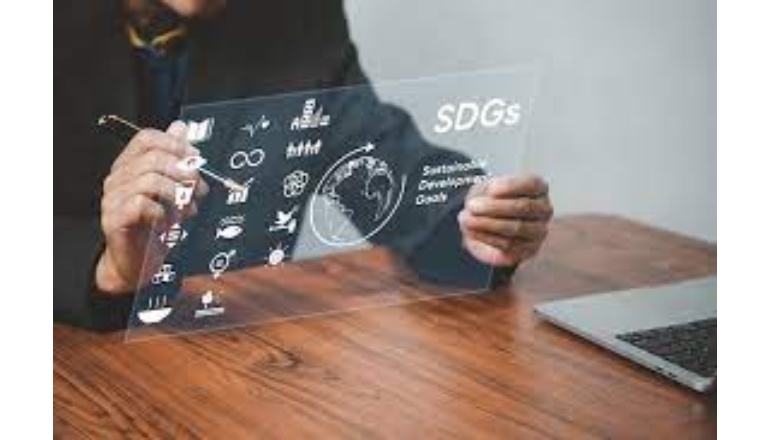These days, the buzzword is sustainability. ESG, deforestation, biodiversity, DEF, and sustainable finance discussions are gaining traction across platforms. Thanks to global watchdogs, enterprises worldwide are mapping their sustainability journeys with purpose-driven impact and green outcomes.
Two major strategies are allowing businesses to accelerate their sustainability journey: 1. A top-down approach; and 2. Information technology optimization. And both strategies streamline and enable an enterprise’s tactical and operational aspirations on its path to green goals.
Experts emphasize the significance of sustainable business practices and the importance of sustainability in our daily lives. I want to emphasize the importance of technology.
Technology—in its advanced form, Web 4.0, and a select few who are piloting Web 5.0—is an enterprise’s best friend on its journey to sustainability. I am convinced that green technology will propel sustainability to unprecedented heights. I emphasize technology as the primary enabler for two reasons: 1. technology as an enabler and 2. people enablement.
The green technology market is rapidly expanding. According to a Fortune Business report, the global green technology and sustainability market will grow from $ 13.76 billion in 2022 to $51.09 billion by 2029. It will grow at a CAGR of 20.6% during the forecast period.
Both software companies and hardware OEMs are working hard to market the new opportunity. The new-age start-ups that are developing customized apps to help enterprises ranging from MSMEs to SMBs to large conglomerates meet their sustainability targets are the icing on the cake.
According to studies, survey reports, and market research commissioned by market advisory firms, technology is enabling average people to ‘just do their jobs and key in the data to their daily roaster. The apps track the data, analyze and categorize it, and assign it to the appropriate block based on the company’s sustainability goal/target.
At the end of the year, the BI software compiles and formats the data based on each disclosure the company must make, aligning the corporate goals with the UN SDGs. Taking it a step further, the predictive analysis software assists the company in predicting corporate goals for the coming fiscal year / CAGR for a forecast period.
From the perspective of the CIO, who is the co-owner of data and thus a key stakeholder in all sustainability initiatives, the automation process enables the enterprise to identify stakeholders, establish the merit of implementing the technology to the stakeholders by developing a solid narrative, and measure the goals achieved. The ROI calculator is a valuable tool for gap analysis and plug points.
But that is a story for another day…










